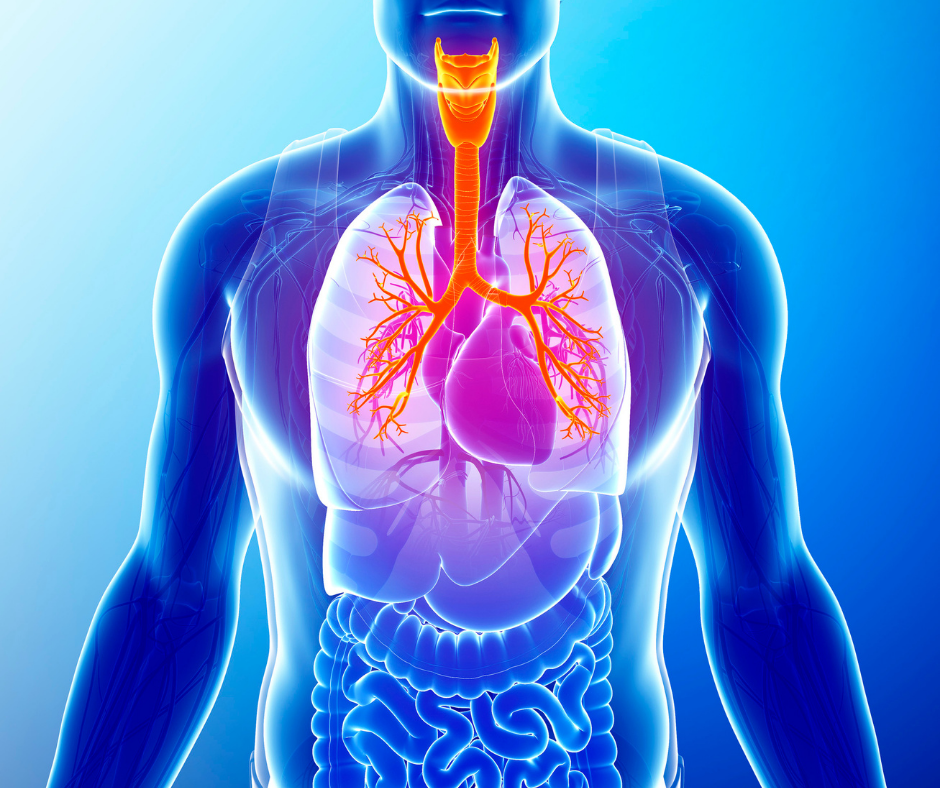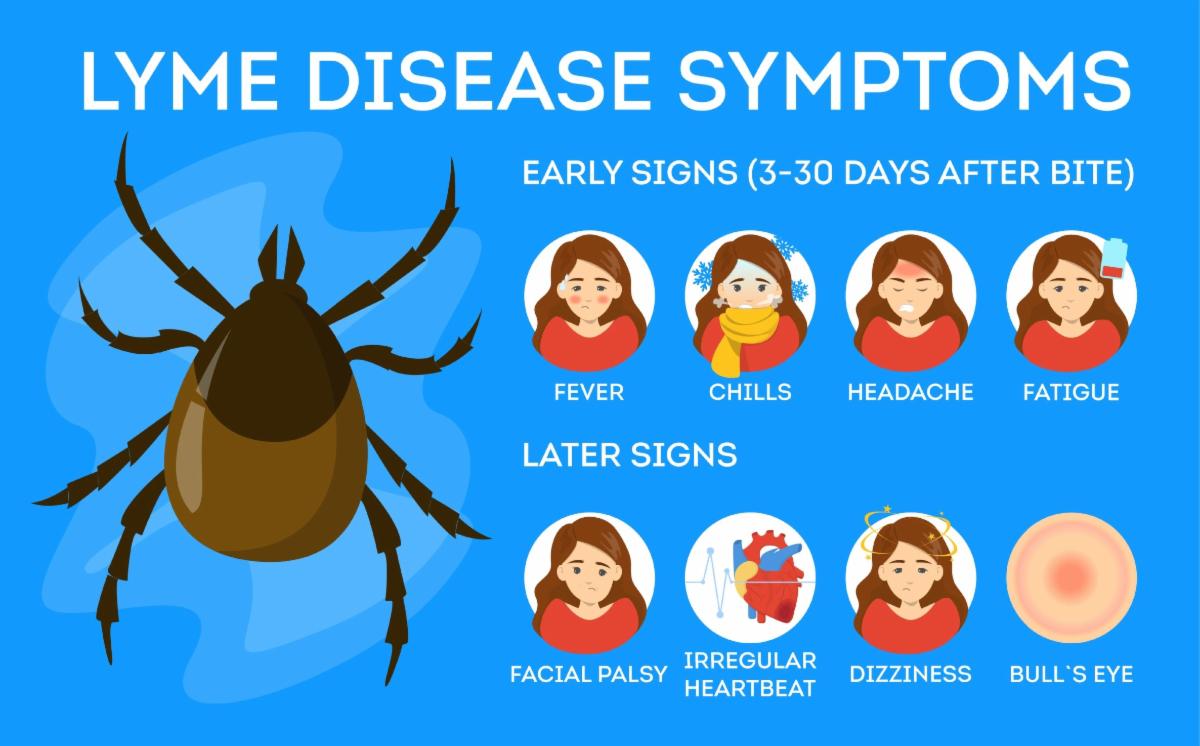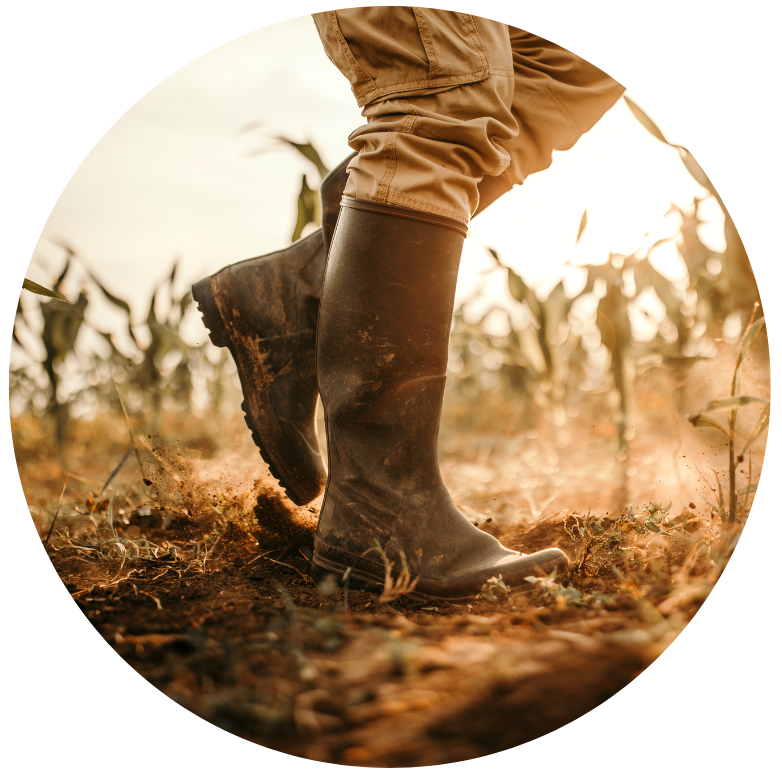Webinar: Agricultural Organic Dust Exposure and COVID-19 Infection
Summary: By the end of 2021, COVID-19 has caused over 51 million infections and 805,000 deaths in the US. Pre-existing lung disease, such as COPD, has been linked to more severe COVID-19 symptoms and poor outcomes. Prior research has shown that agricultural workers, especially those working in livestock production, have an increased risk for inflammatoryRead More









